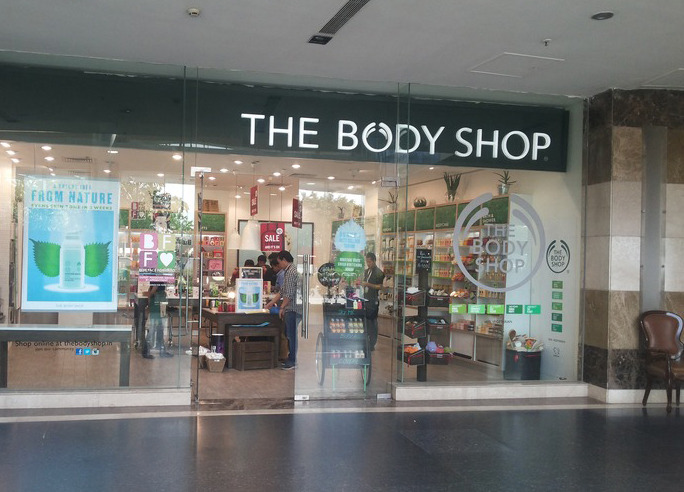India★ The World is Watching! India's Men's Cosmetics Market
The Economic Times (online edition) reports that India is gaining attention in the men's cosmetics market.
 |
| |
 |
| Sales of cosmetic manufacturers in India show a high proportion for men (Photo by NNA) |
French luxury natural cosmetics giant L'Occitane reports that men's cosmetics account for 13% of its sales in the Indian market. This compares to 10% in Europe and 5-6% in Japan, highlighting the higher contribution of the men's segment in India. U.S. toiletries giant Club Tree & Evelyn states that men's cosmetics make up 20% of its Indian sales, double the global market average. At The Body Shop, men purchase unisex products at a rate of 18%, exceeding the global average (12-14%). L'Oréal India's luxury division, which handles cosmetics and perfumes from brands like Lancôme, Yves Saint Laurent, and Kiehl's New York, analyzed: "Indian men pay attention to their appearance and comfort in daily life. The style of men themselves visiting stores to make purchases is becoming established."
The head of L'Oréal India's luxury division, which handles cosmetics and perfumes from high-end brands like Lancôme, Yves Saint Laurent, and Kiehl's New York, explains, "Indian men are becoming more focused on beauty than before. They try products and listen to sales staff without hesitation, even in stores they're visiting for the first time." They also commented, "This isn't limited to luxury items; men's spending on skincare products is higher than in other countries." For unisex product lines, male purchases account for 20-25% of total sales, higher than the global average (15%). This trend is particularly pronounced in perfumes : "Globally, women account for 65% of perfume sales , but in India, it's the exact opposite, with men accounting for 60%."
The Body Shop India pointed out another characteristic of the Indian market: "Men hold the reins of consumption." There is a strong tendency for men, rather than women, to be the primary managers of disposable income in India. The company suggests that rather than men's products directly contributing to sales, male consumer spending—including purchases for women—is the underlying driver.
 |
Looking at per capita disposable income by gender in India, men have approximately 103,000 rupees (about ¥170,000), while women have about 42,000 rupees—a gap of nearly 2.5 times (2013 statistics, Euromonitor). Compared to five years ago (2008), men's income grew 1.8 times and women's 1.9 times, yet the gender income gap has not narrowed.
Was this article helpful?